Migr-Azioni / Transform-Azioni – Boarding Pass
a project by Francesca La Cava and Anouscka Brodacz
Final curatorial report residency
THE NEW YORK ROOM
curated by Valeria Orani
Introduction
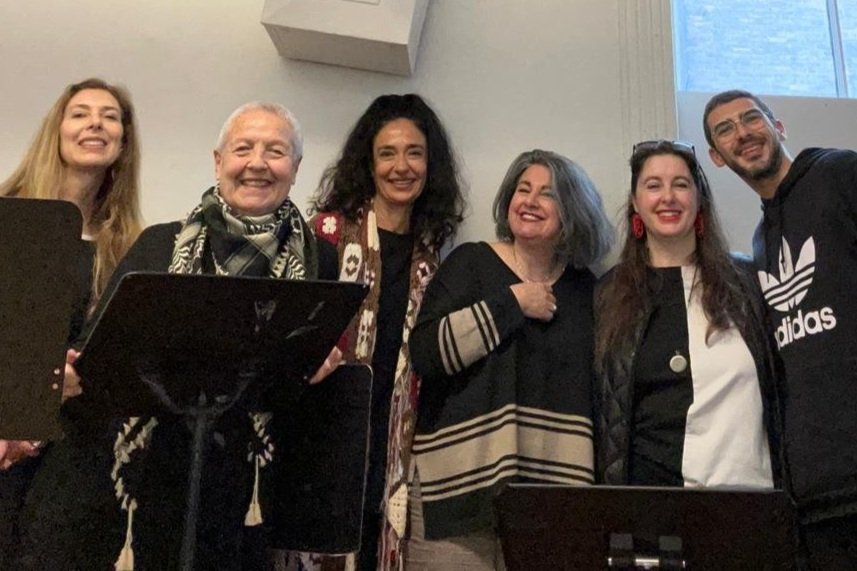
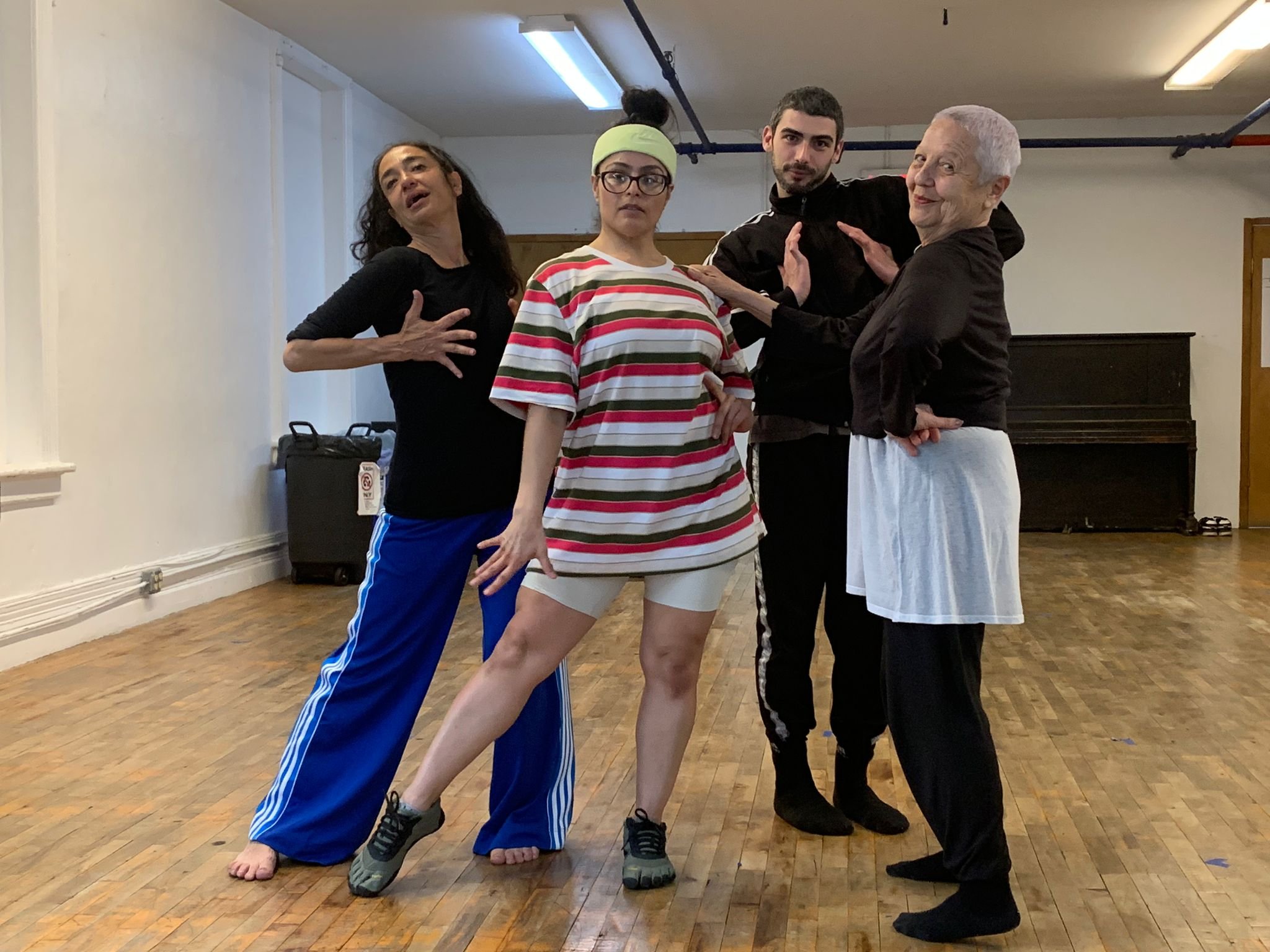
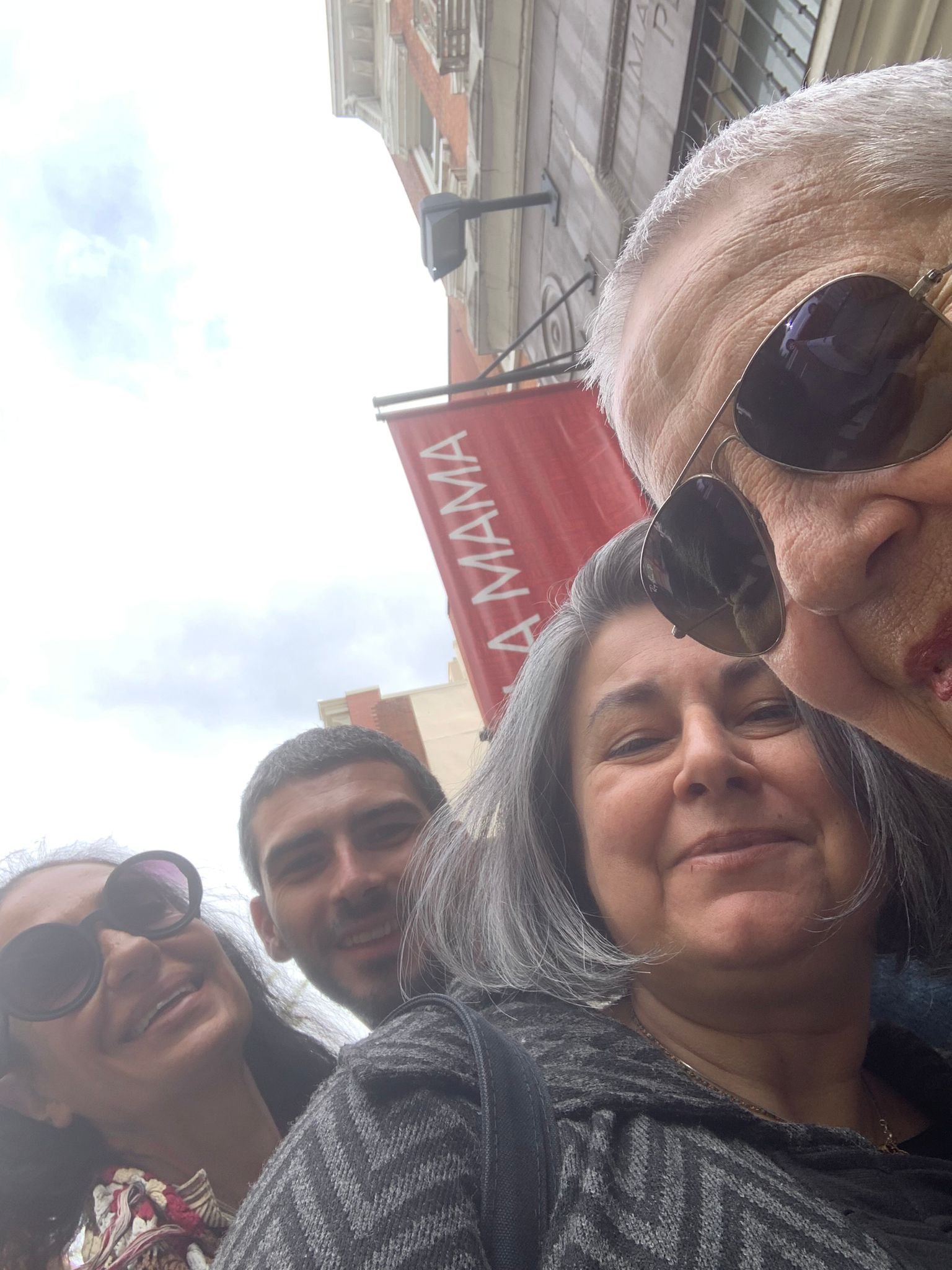

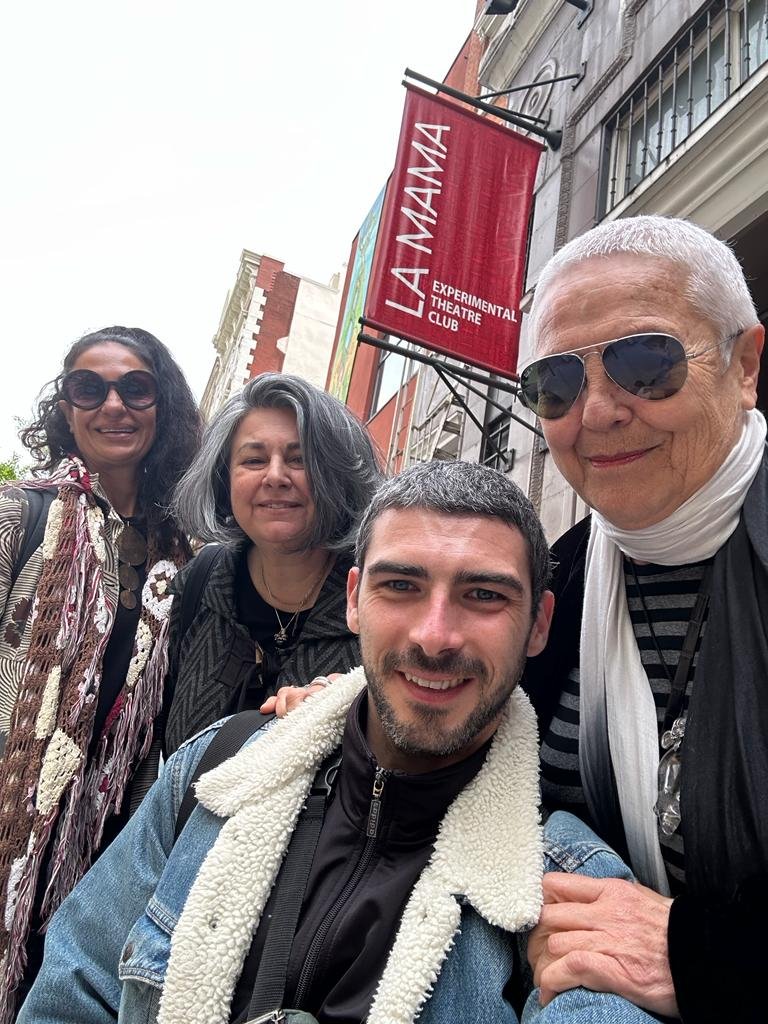
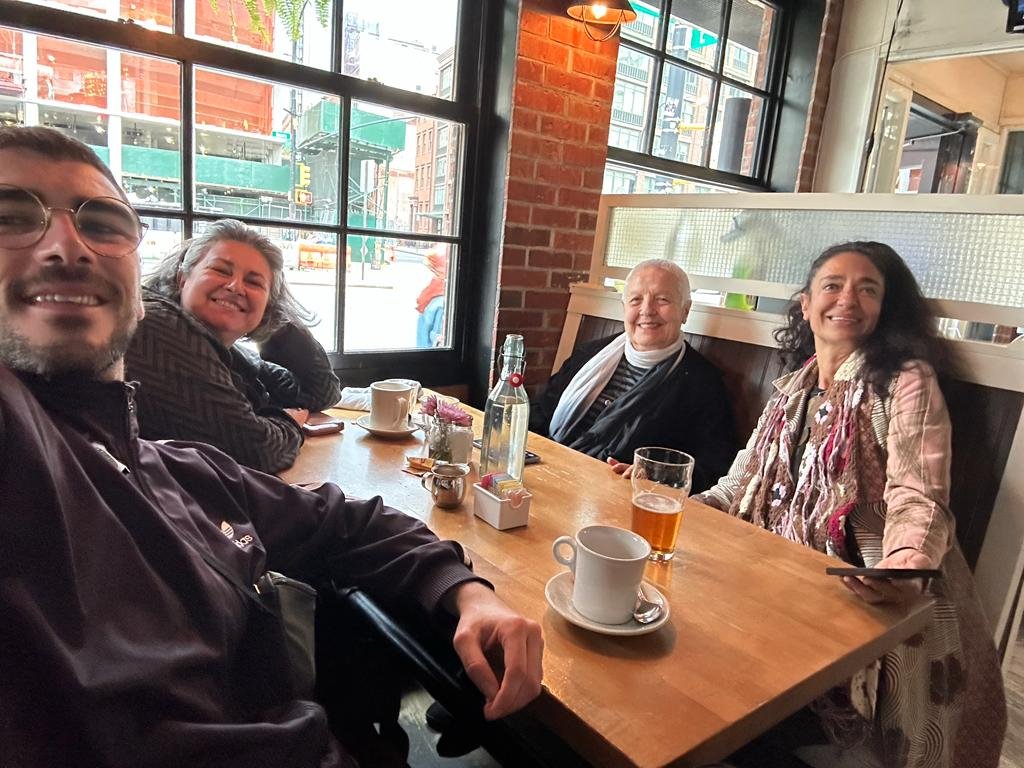
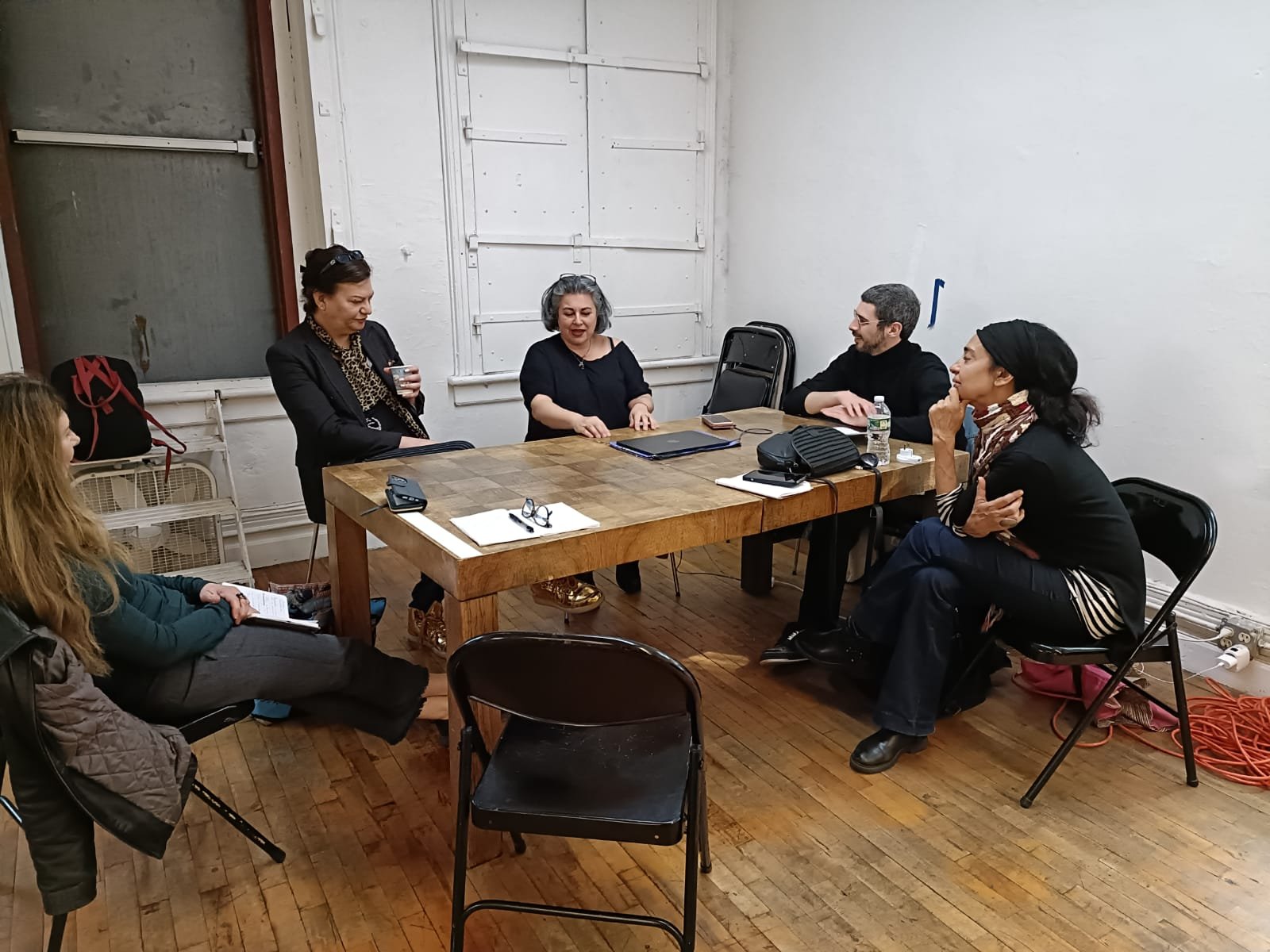

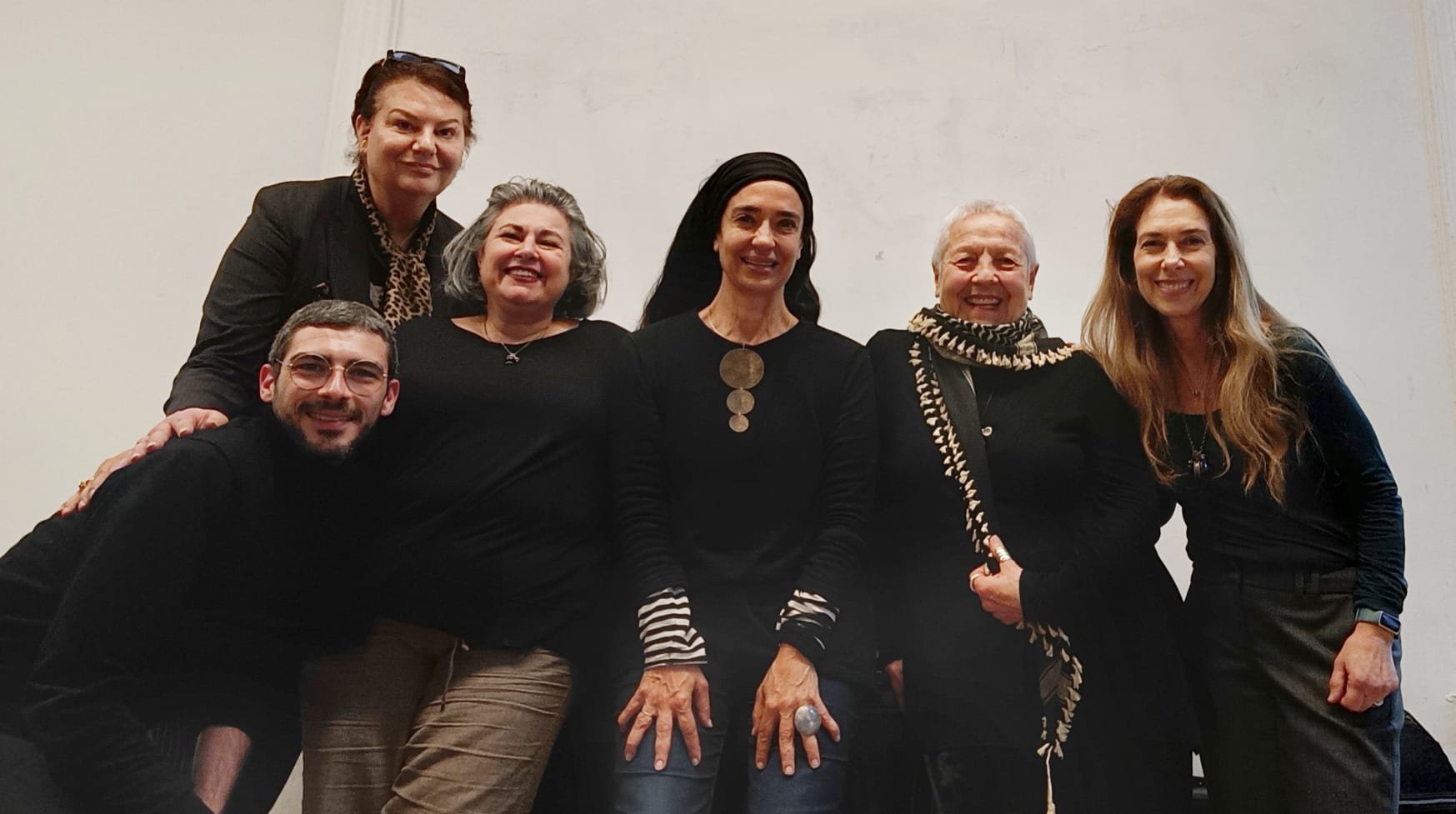
My involvement in this project is triggered in the preventive phase with the mediation of the partner La MaMa Theater and with the management of the partnership.
The first step of my curatorship was to understand the intent of the artistic direction and the profound motivations that pushed this research to land in New York.
In accepting this curatorship, I set myself the goal of creating a compatible path that would return an exhaustive vision of the points of contact between the object of the project and the chaotic and changing nature of a metropolis, a crossroads of peoples, traditions, cultures, and languages.
In fact, the type of work to be tackled took time. Dwell on the evolution of identity roots and study their gentrification? But which identity roots among the myriads present in the city? Looking for dance expressions that would reflect, for example, the uprooting of popular Italian dances? African? Mediterranean?
Everything seemed too complex and chaotic to be tackled in such a short residence. The risk was to remain on the surface, in an incipit, not being able to go beyond this and at the same time excluding the real possibility of creating effective professional connections.
I wanted to dwell on another aspect. Indeed, I wanted to create an ideal path that would allow us to explore not so much the identity roots of the past and their transformation but rather the observation of how a new identity root is actually born, Contemporary. What are the anthropological and social ingredients that constitute a unique identity in its own right, different from those that are part of our historical and cultural baggage? I want to define this as New York City's own identity: a long and unstoppable flow that takes shape in the melting pot, in protests, in the affirmation of one's rights, in the claim of one's identity in the magnum sea of identities. It sounds like an oxymoron but has a much deeper sense than it seems.
The research path has immersed itself in the many social and urban meanings and influences between the arts and society in an urban and complex context such as New York. In the few days available, we followed a flow where migrations and transformations intertwine without interruption, catalyzed by two other fundamental and inseparable elements: diversity and inclusion.
In a complex and liberal urban context, art is the expression through which society can claim struggles and rights.
Francesca La Cava
The body is a political act, and dance is a powerful means of expressing it. The meeting with Anabella Lenzu leads us to explore awareness of one's being in post-pandemic New York, choreography as ritual and exorcism, and a return to the ancestral and natural bond between the female body and life. (Anabella Lenzu recording)
Or even as an expression of the ostentatious feminine that arises from the transgender environment and then becomes style and discipline as in the case of voguing and its "Houses." (Eva Boostamove recording)
Anouscka Brodacz
Art is New York's media and identity tool, an individual and, at the same time, a collective force. It is through art that it becomes possible to form that heterogeneous community of diversity where cultural origins have managed to amalgamate; it is in art that the struggles for freedom and rights coincide. It is in the art that the sexual revolution, lifestyle, and clubs converge.
Antonio Taurino
The visit to the La MaMa archive told us how the "underground" of New York emerged as a concrete and tangible reality starting from the end of the sixties in the Village and how the "minorities" were able to take their spaces and overwrite the History. Many facts had a single need, that of expressing themselves and to express themselves, outside the commercial circuits, in search of a multitude with which to share spaces, destinies, and thoughts. Thanks to Ellen Stewart, a mercurial and curious woman, this was possible. You needed a courageous soul, and regardless of the rules, you needed to know how to dream of allowing others to dream as much. The phenomenon of "cellars" here in New York takes on a power that makes inexhaustible what was a real social mission between the sixties and seventies: to give a home to anyone who wanted to create through the arts without limits of beauty or ugly useful or useless, white, black, man, woman, gay, trans. Many came to New York from all over the United States and shared houses, beds, basements, clubs, drugs, sex, rock and roll, life, and death.
We said art is a media and identity tool and a ritual of life and rebellion. Those were the years of the Vietnam War; young people would die in a war they would never understand. They were the years in which opposing it was a duty for many and were years in which the new generations of the communities, which, in principle, were divided between similar in the various quadrants of the city (the first migratory waves tended to aggregate by origin, and for this reason, the city was divided by roots), they begin to interact with each other, to leave the ghettos to build a new identity of the metropolis.
The role of music and dance, as once again a ritual, is an essential part of this "revolution." Liberation, transgression, exorcism, fun, connection with one's ancestral roots, which becomes the denominator of the community itself in those appointed places, first impromptu, than ever larger, inclusive, stable: the club, the only true "home" of the artistic melting-pot/ culture of the 70s/90s, until the arrival of AIDS, which suddenly interrupts this creative flow and crushes lives, dreams, prospects.
Richard Move and Valeria Orani
The final meeting with Richard Move reflected on these years of change. With Richard, we also went back to exploring the meaning of feminine and feminine. Richard, who was Martha Graham almost more than Martha Graham, feminine par excellence, "dance of vagina," ironic and iconic figure of New York drag nights up to the tremendous international theatres, reflects with us on the suggestions that come, for example, from voguing, a transfeminine dance that exaggerates the feminine in a form that is anything but feminine, where it is men or trans women who teach women how to dance wearing heels, how to show your body parts, how to pose.
Once again, the New Yorker identity passes through the essence of one's body as an expressive and political tool. Once again, the ritual is accomplished through dance, touching deep ancestral roots. (Recording Richard Move)